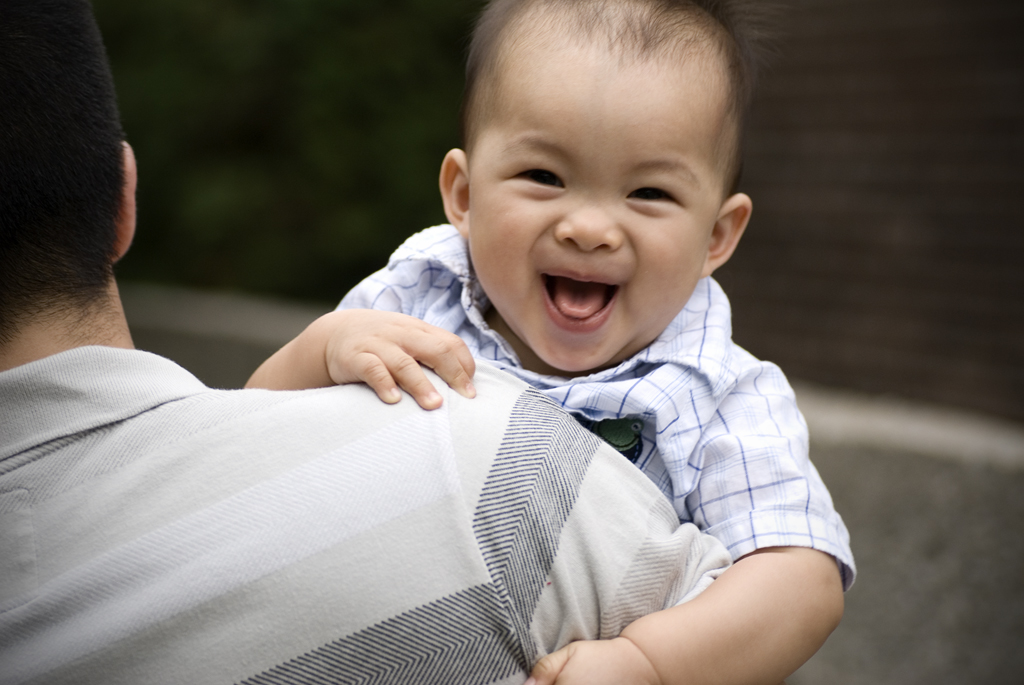Introduction
Attachment lies at the heart of early emotional development – the deep and enduring emotional bond that connects caretakers and their children. These initial attachments are essential for a child’s emotional well-being and throughout life. As children experience crucial transitions during their early years, understanding the significance of attachment helps in fostering healthy development for a successful future.
The Importance of Attachment
Attachment is critical in a child’s early years because it establishes the foundation for all future relationships. When a child develops a secure attachment with their caretaker, they gain trust and confidence in themselves and others. This security enables them to explore their environment safely and confidently, paving the way to building strong social bonds.
Insecure attachment can have long-lasting repercussions on emotional development. Children who experience insecure attachments during their early years may struggle with trust issues, difficulties in forming relationships, anxiety, or even depression later in life.
Transitions in Early Emotional Development
1. Infancy: During this stage, children are entirely dependent on their caretakers. A supportive bond creates an impression of security for the infant, forming the basis for positive developmental outcomes. The most critical transition during this phase is achieving self-regulation and establishing connections with caregivers.
2. Toddlerhood: With increasing independence and curiosity, toddlers start to explore more of their environment. The primary transition at this stage includes developing autonomy while balancing security from caregivers. Challenges during this phase may include separation anxiety and temper tantrums.
3. Preschool & Early School Years: This period witnesses significant cognitive developments as children start building friendships outside family circles. New transitions involve adjusting to unfamiliar environments like preschools or schools where interacting with peers and teachers becomes essential. Children will learn social skills, cope with separation anxiety, and form new attachments beyond parental figures.
Supporting Healthy Attachments during Transitions
Caretakers play an influential role in helping children navigate transitions smoothly while maintaining secure attachments. Some essential strategies for supporting children include:
1. Creating a stable environment: Providing continuous care and avoiding frequent caregiver changes strengthens the trust between the child and the caretaker.
2. Developing effective communication: Open conversations, understanding the child’s emotions, and validating their feelings is crucial for a stable attachment.
3. Encouraging independence and exploration: By supporting autonomy and allowing children to take age-appropriate risks, parents can foster their child’s self-confidence and resilience.
4. Building school connections: Developing strong connections with teachers helps to maintain secure attachments in school settings. This support enables smoother transitions between home and school environments.
Conclusion
Attachment is paramount in shaping early emotional development during integral transitional phases in a child’s life. Encouraging healthy attachments amidst transitions molds emotional stability, enabling children to navigate life’s complexities successfully. It is essential for caretakers to be aware of these stages and actively support children through these transformative years to ensure a healthy foundation for emotional well-being.





